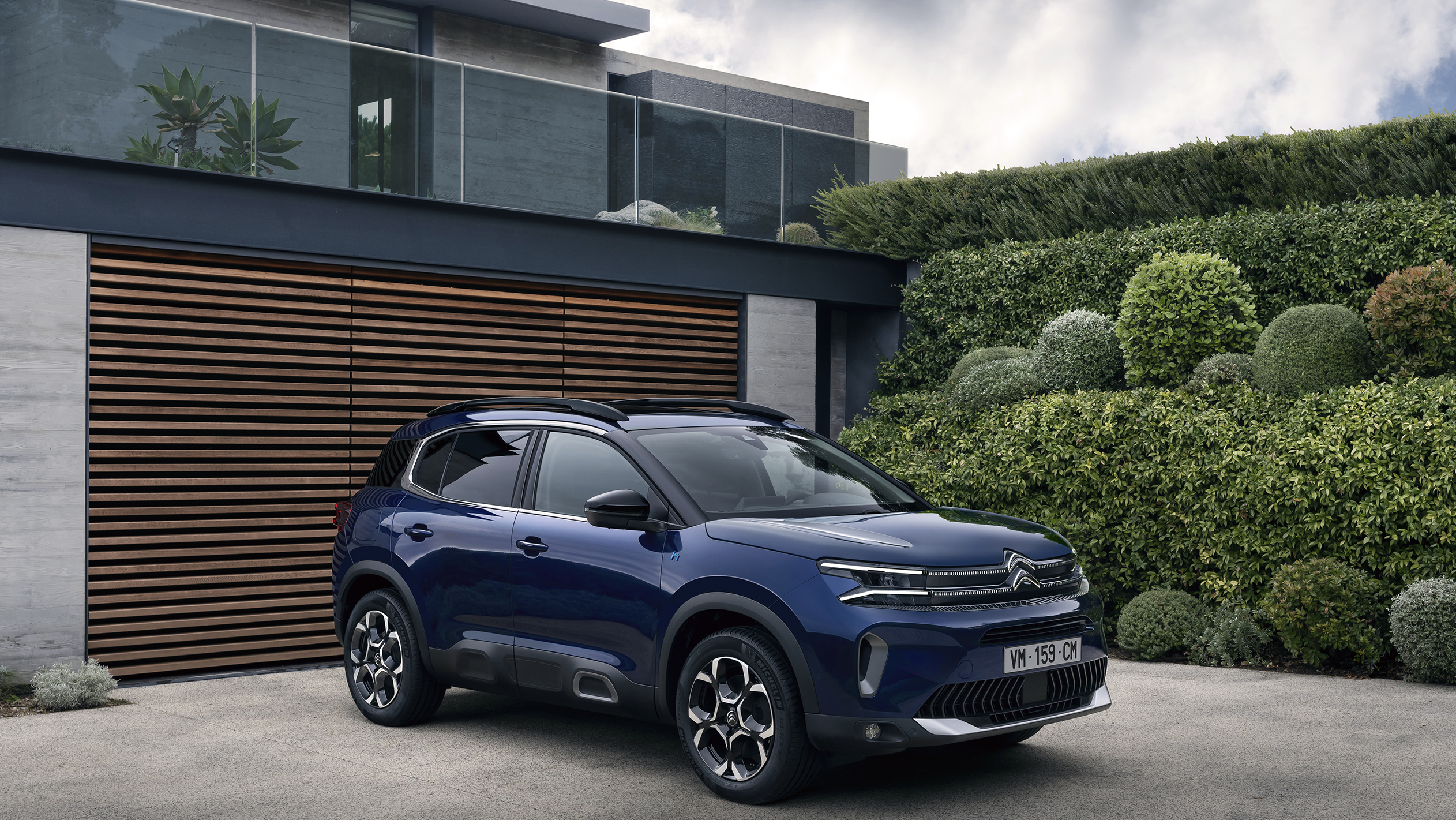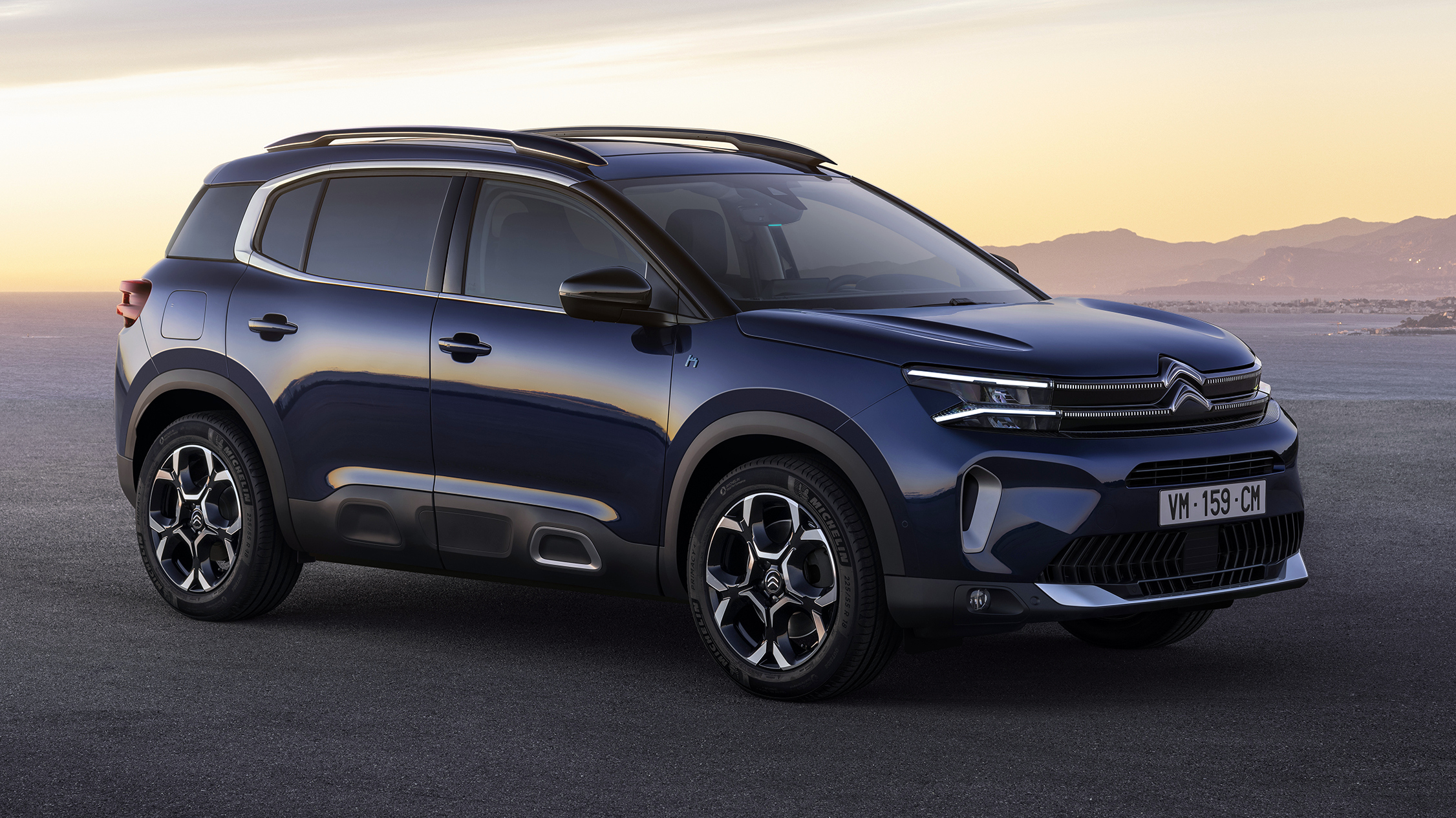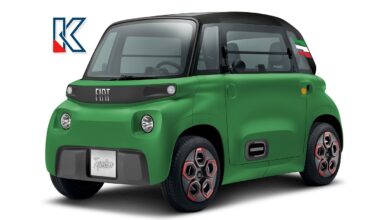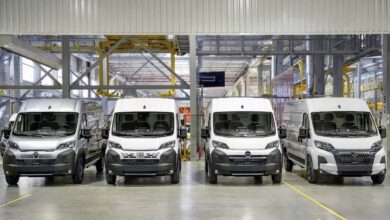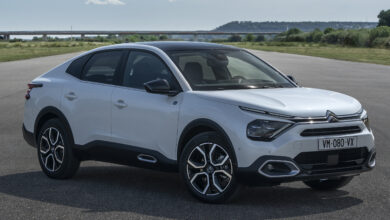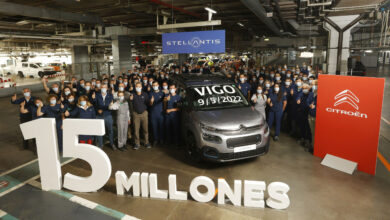The Updated 2022 Citroën C5 Aircross Gets Ready To Launch This Month!
New Looks, Updated Technology, & Best-In-Class Comfort...

Revealed back in January, the updated Citroën C5 Aircross began production at the Stellantis Rennes Assembly Plant in France in April. Since then, production has been quickly ramped up to prepare for the vehicle’s commercial launch in Europe this month.
The Citroën C5 Aircross has enjoyed success since it was unveiled in 2018 and launched in 2019. Today, it is available in 85 countries and has sold more than 325,000 units (including 245,000 units in Europe). The C5 Aircross stands out in the highly competitive compact SUV segment with its remarkable interior room, modularity, and its unrivaled comfort.
The updated model displays a new silhouette that expresses great power and distinction while embodying a more modern and dynamic style. A benchmark in terms of comfort and modularity, the compact SUV is available in both gasoline and diesel versions, as well as a plug-in hybrid (PHEV) version, which currently accounts for 41% of sales.
The combination of Citroën Advanced Comfort® (CAC) suspensions with CAC seats, space, and modularity, as well as driver assistance technologies, such as Highway Driver Assist, transform each of the driver’s journeys into a serene and relaxing experience. CAC interiors are based on four cornerstones…
- The cocoon effect, with interiors that are soft to the touch alongside soft acoustics.
- The practicality of the interior space brings people together.
- A feeling of inner peace thanks to the calm ambiance.
- Smoothness, based on intuitive and useful technology.
Exclusive to the Citroën brand, the Progressive Hydraulic Cushions® suspensions ensure that passengers travel in absolute comfort while absorbing imperfections in the road. As a result of this expertise, Citroën vehicles are able to effectively filter out bumps and dips in the road based on a simple principle. Citroën has added two hydraulic stops, one for rebound and one for compression for the suspension to be able to adapt to input from the road surface.
Source: Citroën


